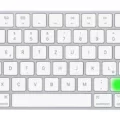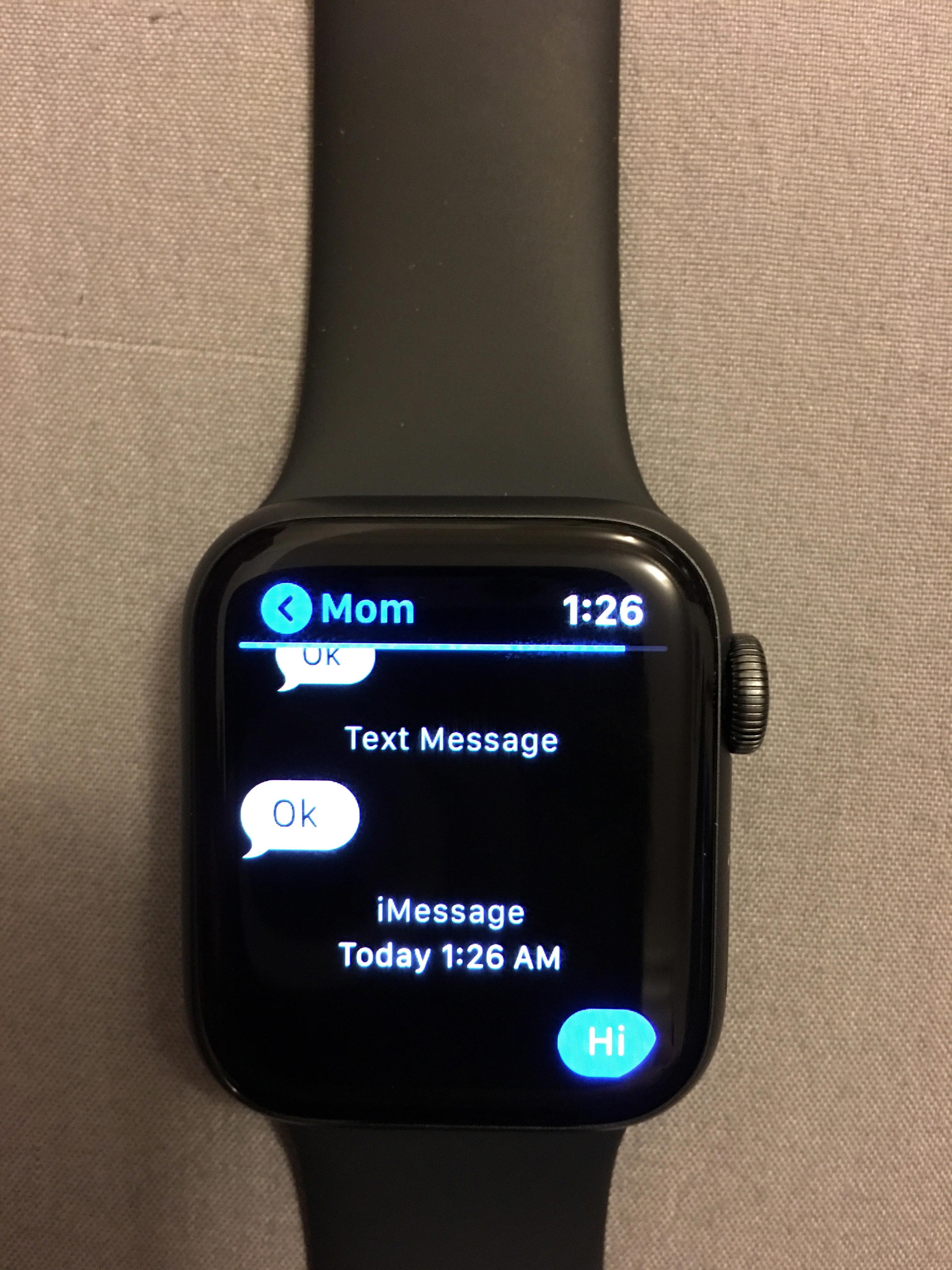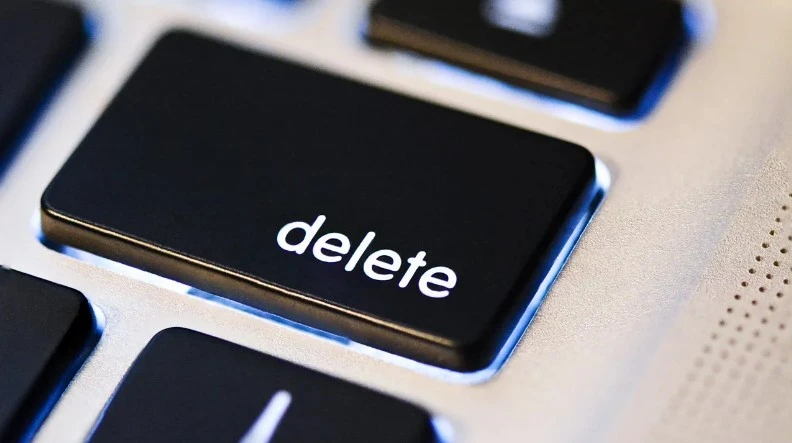
Ever wondered why the delete key on Mac keyboards seems different from others? The Mac keyboard is designed with a unique delete key functionality that often confuses users. Unlike typical keyboards, the Apple keyboard deletes key and acts like a backspace, erasing characters to the left.
Understanding this delete key functionality is crucial for Mac users, especially when mastering Mac shortcuts. Let’s clear up this common confusion and explore the importance of the delete key on your Mac.
Basic Functionality of the Delete Key
The delete key on a Mac is essential for Mac text editing. Whereas the backspace key on a Windows PC eliminates characters to the left of the cursor, the delete key function on a Mac removes characters to the right. This delete vs backspace distinction is crucial when you’re editing text.
For example, in Mac applications like Notes, Pages, or Mail, using the delete key can quickly correct typos or clear unwanted text without moving your cursor position. Knowing the delete key function helps in efficient Mac text editing and makes working in various Mac applications smoother.
Using the Delete Key in Conjunction with Other Keys
Using the delete key in conjunction with other keys on a Mac keyboard can significantly enhance file deletion efficiency. For instance, pressing Shift+Delete allows you to permanently delete items without moving them to Trash.
On the other hand, Command+Delete is a handy shortcut to move selected files directly to Trash, simplifying the process of file deletion. These Mac keyboard shortcuts streamline your workflow, making file management quicker and more intuitive.
Whether you’re aiming to swiftly clear your workspace or manage files with precision, utilizing these shortcuts can make a noticeable difference in your daily tasks.
Holding the Delete Key for Continuous Deletion
Need to delete a lot of text quickly? On a Mac, you can hold the delete key for continuous deletion of characters, saving you time when editing. For a more efficient way to erase entire words, use the Option+Delete shortcut.
By holding the Option key while pressing delete, you can delete words at a time, making text management even faster. These Mac typing shortcuts streamline your workflow and help you keep your writing process smooth and efficient.
Why Mac Laptops Lack a Dedicated Delete Key
One question that often comes up about Mac laptop design is why there is no delete key. The decision behind this omission boils down to Apple’s keyboard layout philosophy. Apple prioritizes a clean, minimalist look and believes the backspace key (also labeled as “delete”) is used more frequently by users.
The compact design of Mac laptops means there isn’t room for extra keys without making the keyboard feel cramped. This design choice impacts the user experience by encouraging a simpler, more intuitive keyboard layout, which aligns with Apple’s design choices that favor aesthetics and user-friendly interfaces over additional functionality.
Keyboard Shortcuts for Deleting Text and Files
Mastering Mac delete shortcuts can significantly enhance your productivity. Here’s a straightforward guide to keyboard commands for text deletion and file deletion on a Mac.
Text Deletion
1. Delete Character:
- Use the Delete key to remove characters to the left of the cursor.
- Fn + Delete: Removes characters to the right of the cursor.
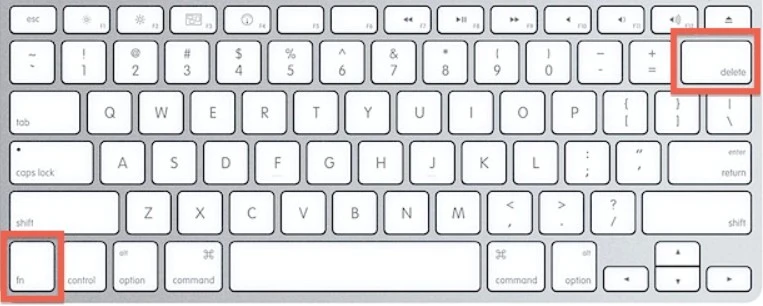
2. Delete Word:
- Option + Delete: Erases the entire word to the left of the cursor.
- Fn + Option + Delete: Deletes the word to the right of the cursor.
3. Delete Line:
- Command + Delete: Clears the entire line of text to the left of the cursor.
File Deletion
1. Move to Trash:
- Command + Delete: Moves selected files or folders to the Trash.
2. Empty Trash:
- Shift + Command + Delete: Empties the Trash without confirmation.
These keyboard commands are essential Mac productivity tips. Whether you’re focusing on text deletion or file deletion, these Mac delete shortcuts will help you work more efficiently.
Improving the Speed of the Delete Button
Want to make your Mac’s delete key respond faster? Adjusting the key repeat settings in System Preferences can help you achieve a faster delete key. Here’s a simple guide to modifying these keyboard settings for optimal Mac customization:
1. Open System Preferences.
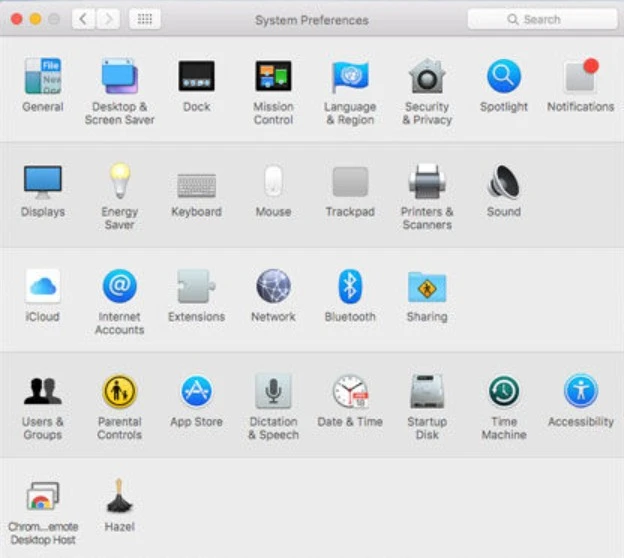
2. Select “Keyboard.”
3. Under the “Keyboard” tab, locate the key repeat settings slider.
4. Alter the speed by sliding the control. The closer to “Fast,” the faster delete key response you’ll get.
5. Test the new setting by holding down the delete key and see the difference.
Deleting Documents and Files on a Mac
To delete documents, start by selecting the file you want to remove and drag it to the Trash icon in your Dock—this will move to Trash. For a more permanent solution, right-click the Trash and select “Empty Trash” to permanently delete files. This step is crucial in Mac file management to free up space.
Ensure you review items before emptying the Trash to avoid accidental data loss. Remember, once you empty Trash, the files are gone for good, so double-check your selections to maintain data safety.
Deleting Without a Backspace Key
Did you know you can delete without backspace on a Mac? Simply hold the fn+delete keys together to achieve a forward delete action. This is a handy trick for those who need to remove characters from the right of the cursor.
Another useful shortcut is Control+D, which also allows you to delete characters in front of the cursor. These Mac keyboard tips are sure to enhance your typing.
How can I delete files on a Mac without using the mouse?
Want to delete files on your Mac without using the mouse? It’s easy! By using keyboard shortcuts, you can streamline your Mac file management. To delete files without a mouse, simply use the Command+Delete shortcut. This moves the selected files straight to the Trash, making your workflow faster and more efficient.
What is the difference between the delete key and the backspace key on a Mac?
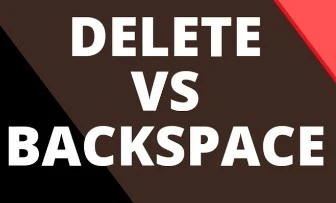
On a Mac, the delete key and the backspace key have distinct functions that can be quite handy once you know how they work.
The delete key function on a Mac typically removes characters to the left of the cursor, similar to what is often called the backspace function on other keyboards. However, Macs don’t have a dedicated backspace key; instead, the delete key function covers this role.
Conversely, by holding the “fn” key and pressing delete, you can achieve what many users might consider the backspace key function—deleting characters to the right of the cursor. This distinction in Mac keyboard keys usage helps streamline text editing and navigation, ensuring you can efficiently manage text both backward and forward, a feature that often sparks the delete vs backspace debate among Mac users.
Can I customize the behavior of the delete key on my Mac?
Yes, you can customize the delete key behavior on your Mac. To adjust the key repeat rate, head over to System Preferences and select “Keyboard.” From there, you can tweak the key repeat rate to make your delete key respond faster or slower according to your preference.
For more advanced Mac keyboard customization, consider using third-party software like Karabiner-Elements.
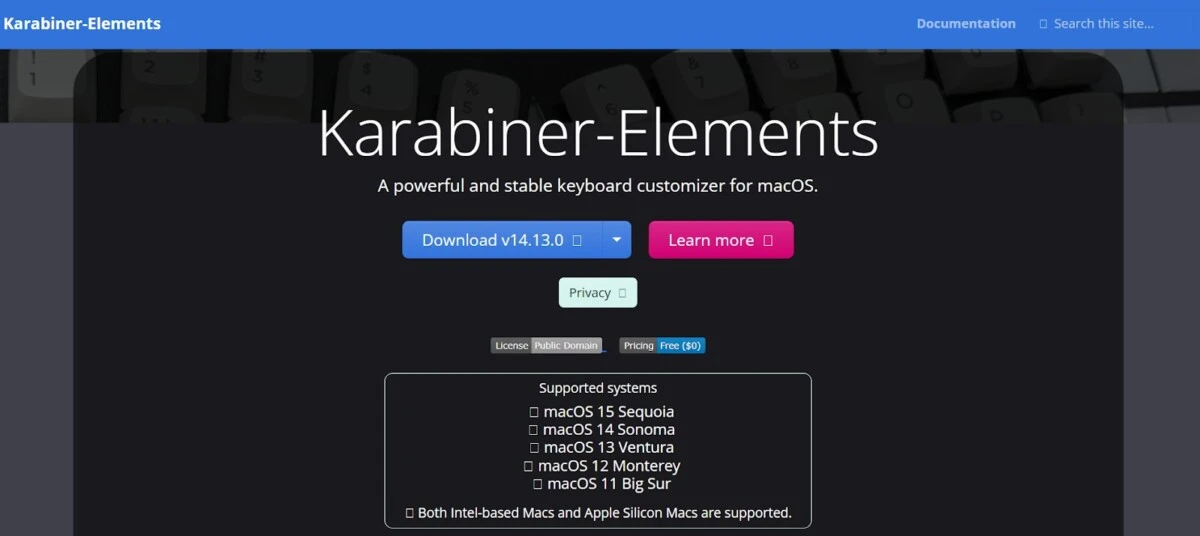
This software allows for extensive customization, giving you greater control over how the delete key functions, making your typing experience more efficient.
Conclusion
The delete key on a Mac is more than just a button—it’s a vital tool for enhancing your Mac productivity. Throughout this guide, we’ve covered various deletion methods and shortcuts that can streamline your tasks and improve efficiency.
Understanding the delete key importance and its different functions can significantly enhance your Mac keyboard usage, making it easier to manage files, text, and applications. We encourage you to explore these features to fully utilize your Mac’s potential and boost your productivity.

